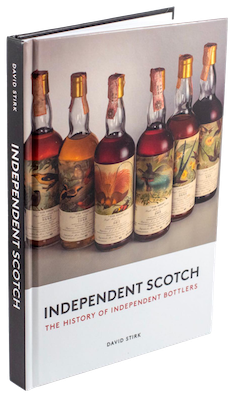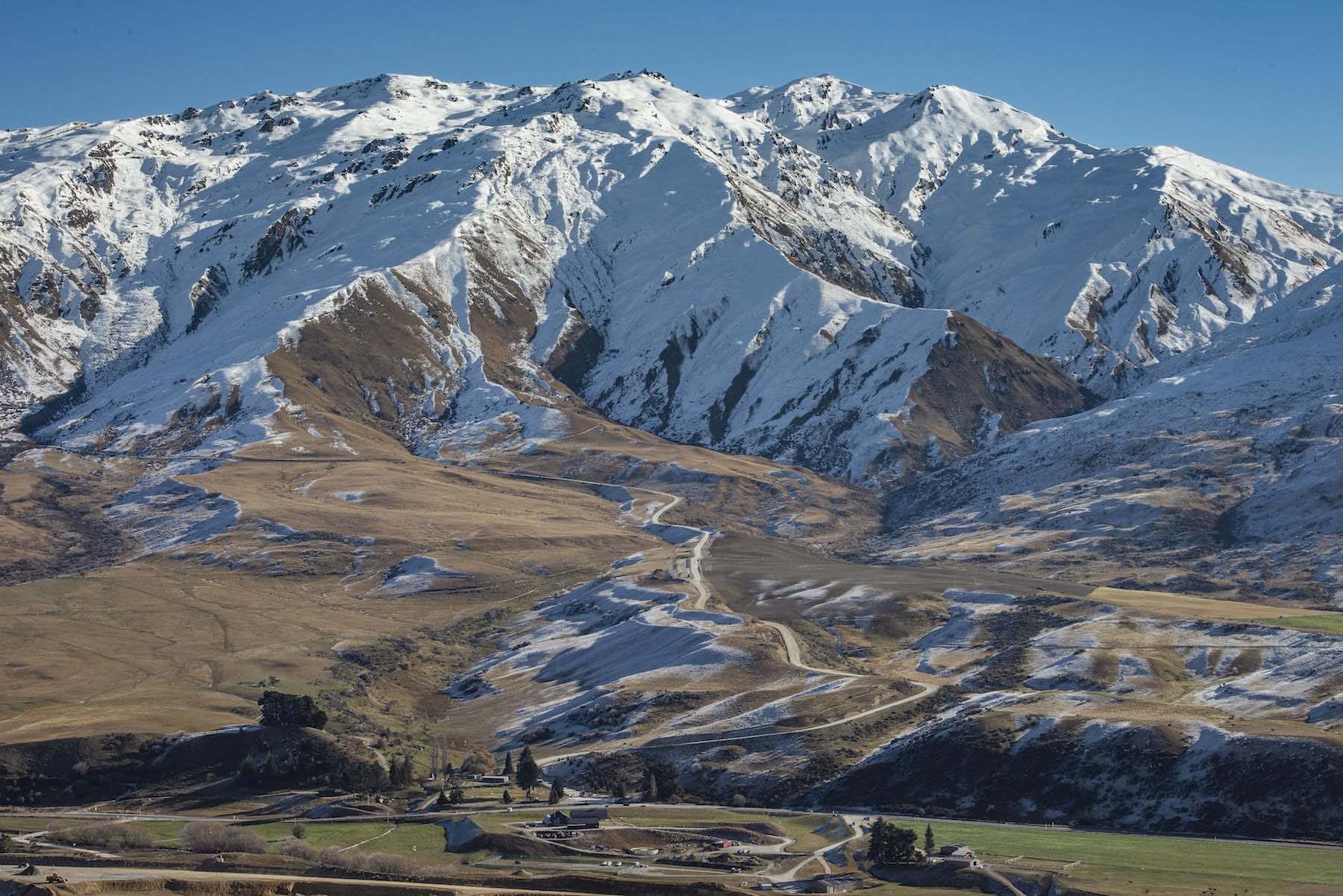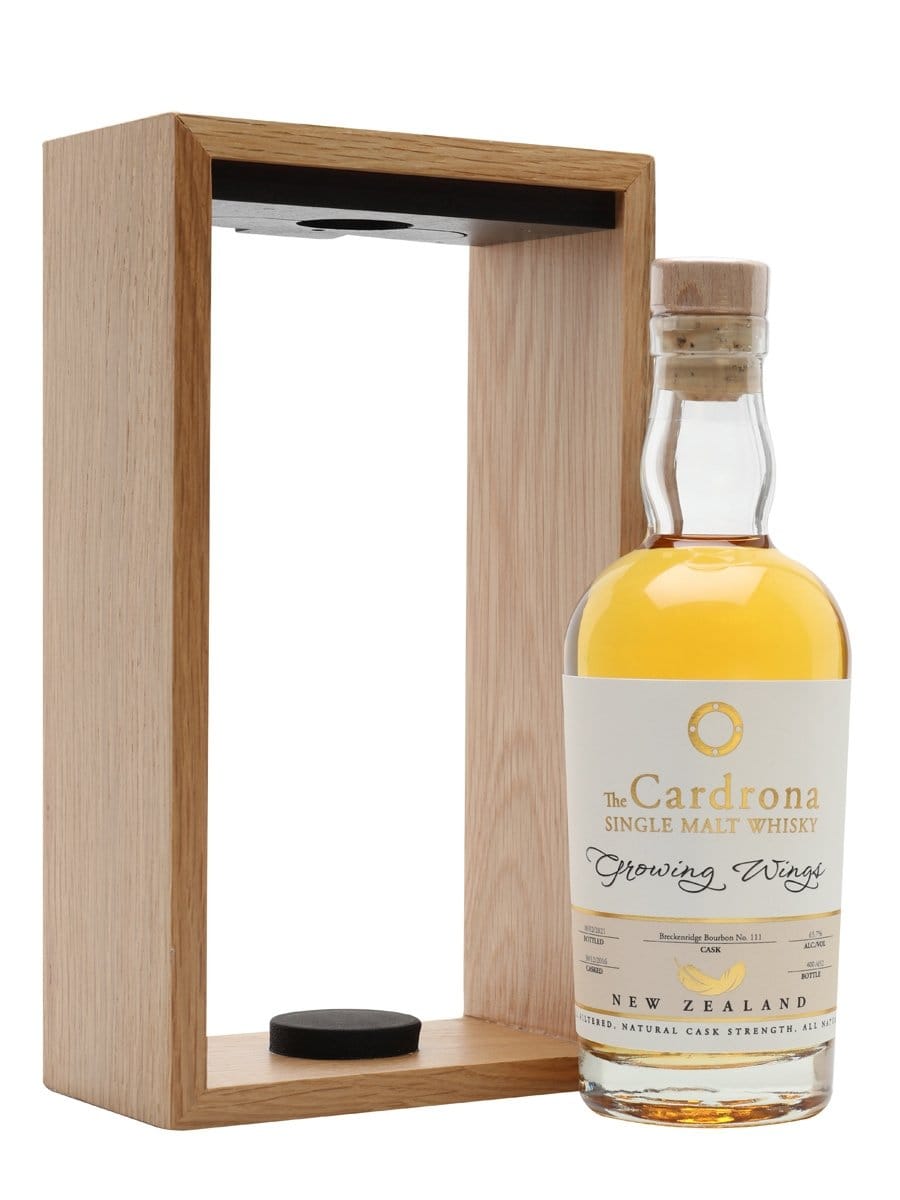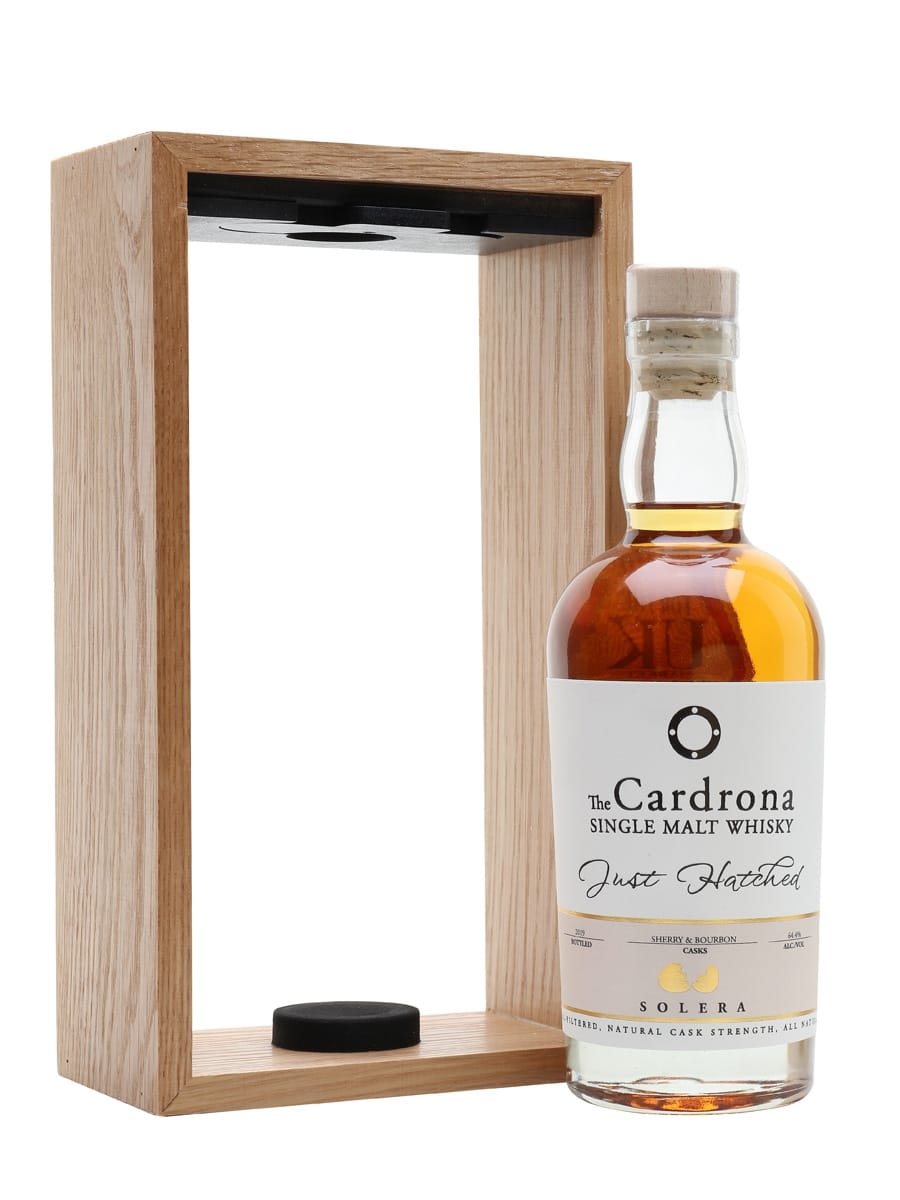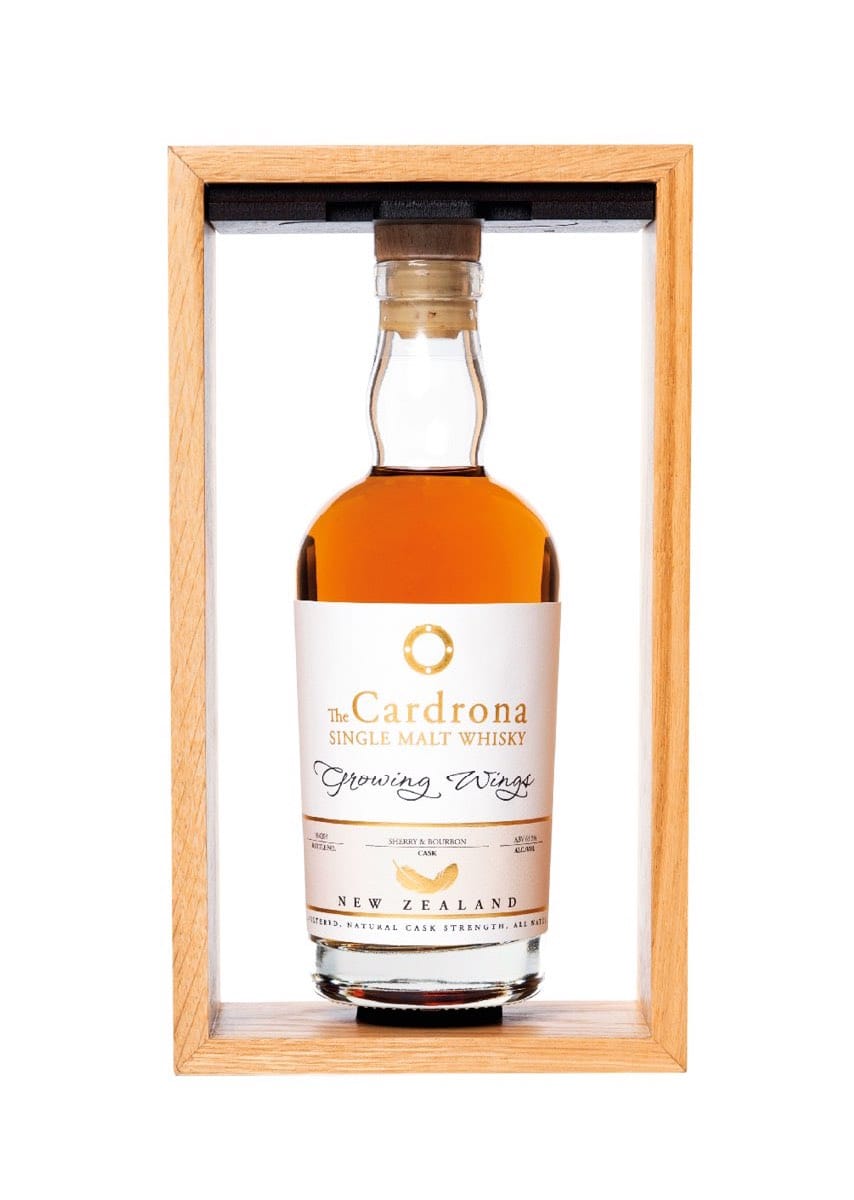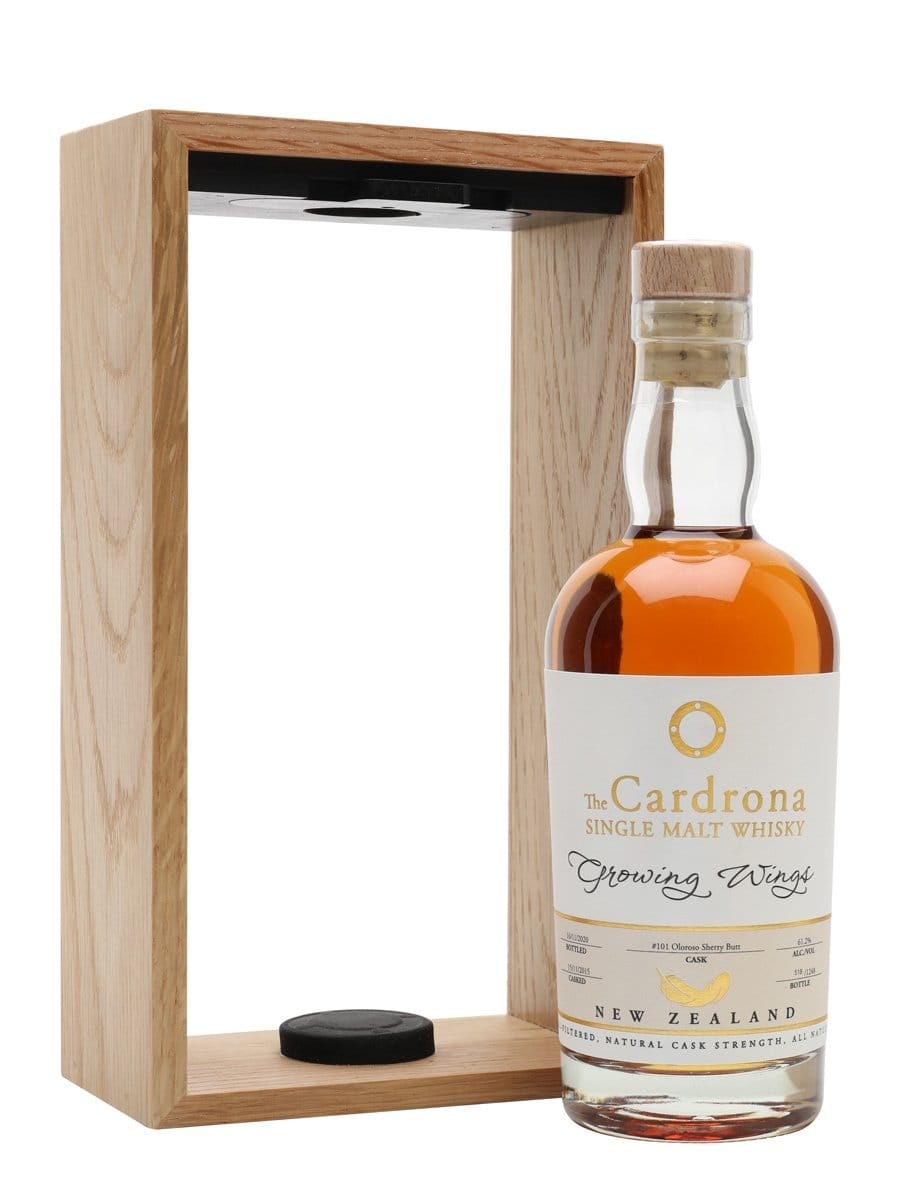CARDRONA DISTILLERY USE PURE ALPINE WATER FROM NEW ZEALAND’S SOUTHERN MOUNTAIN RANGE TO CREATE THEIR CRAFT WHISKIES.
Whiskies made in New Zealand's mountains
“Great whisky is like fine art - it is built in layers, each adding more colour and texture than the previous. But, a masterpiece isn’t something you can make in a click of the fingers. It takes time, patience, and years of waiting.” Desiree Whitaker, Whisky Maker at Cardrona Distillery
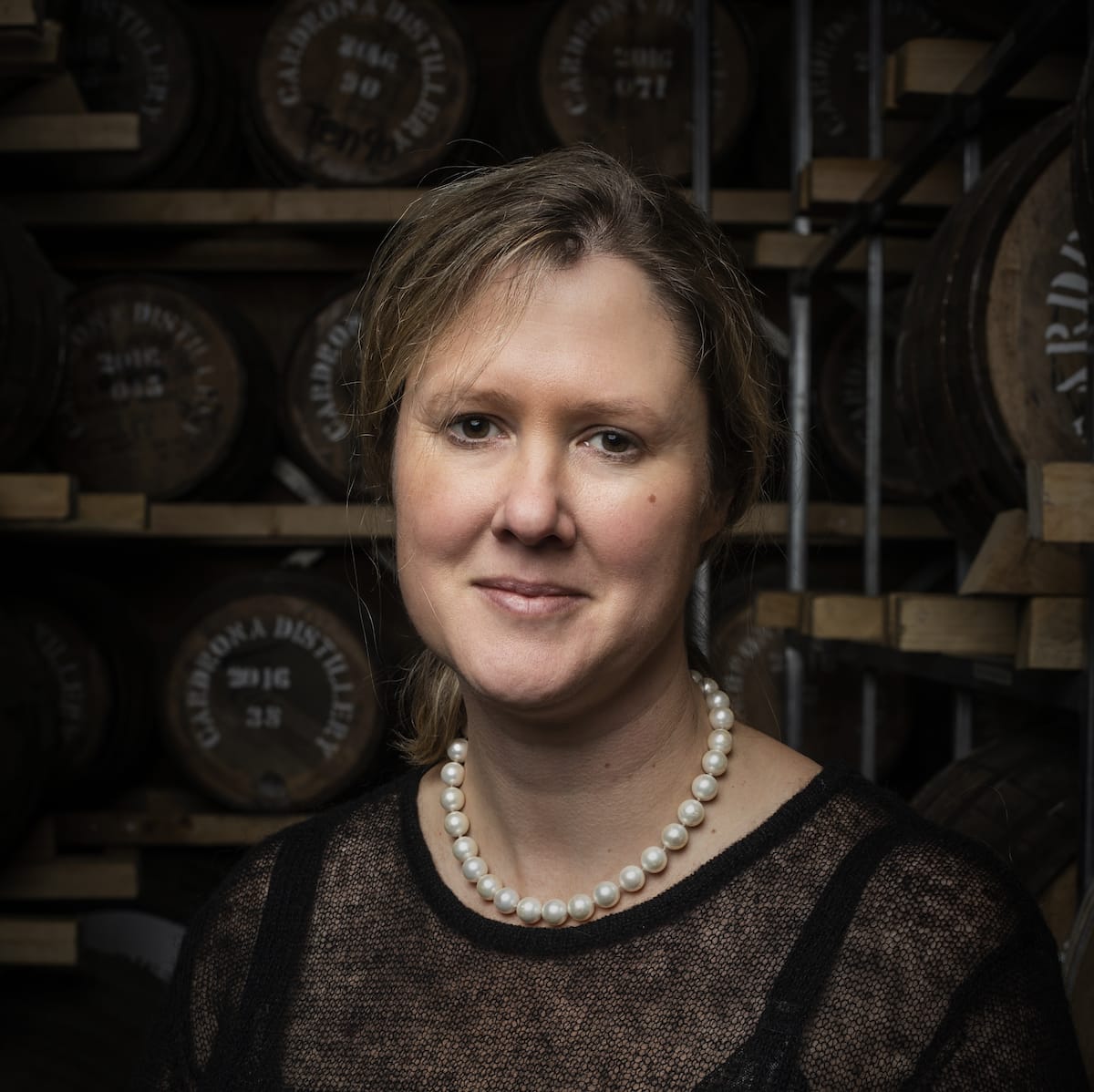
Meet the whisky maker
Desiree Whitaker
The Cardrona Distillery team is led by New Zealand craftswoman Desiree Whitaker (née Reid).
In early 2011, Desiree started exploring distilling and making the best whiskies and spirits. She travelled around the world for two and a half years, learning from many of the world’s masters, including the late Dave Pickerell, former head of Maker’s Mark. Her studies took her back to Scotland and through the United States many times, to learn technical know-how to build Cardrona Distillery.
In May 2013, Desiree sold her farm to move to Wanaka, and found the perfect site for a distillery at Cardrona. On 23 October 2015, spirit flowed from the new stils for the first time and on 5 November, the first single cask of whisky was laid down to mature.
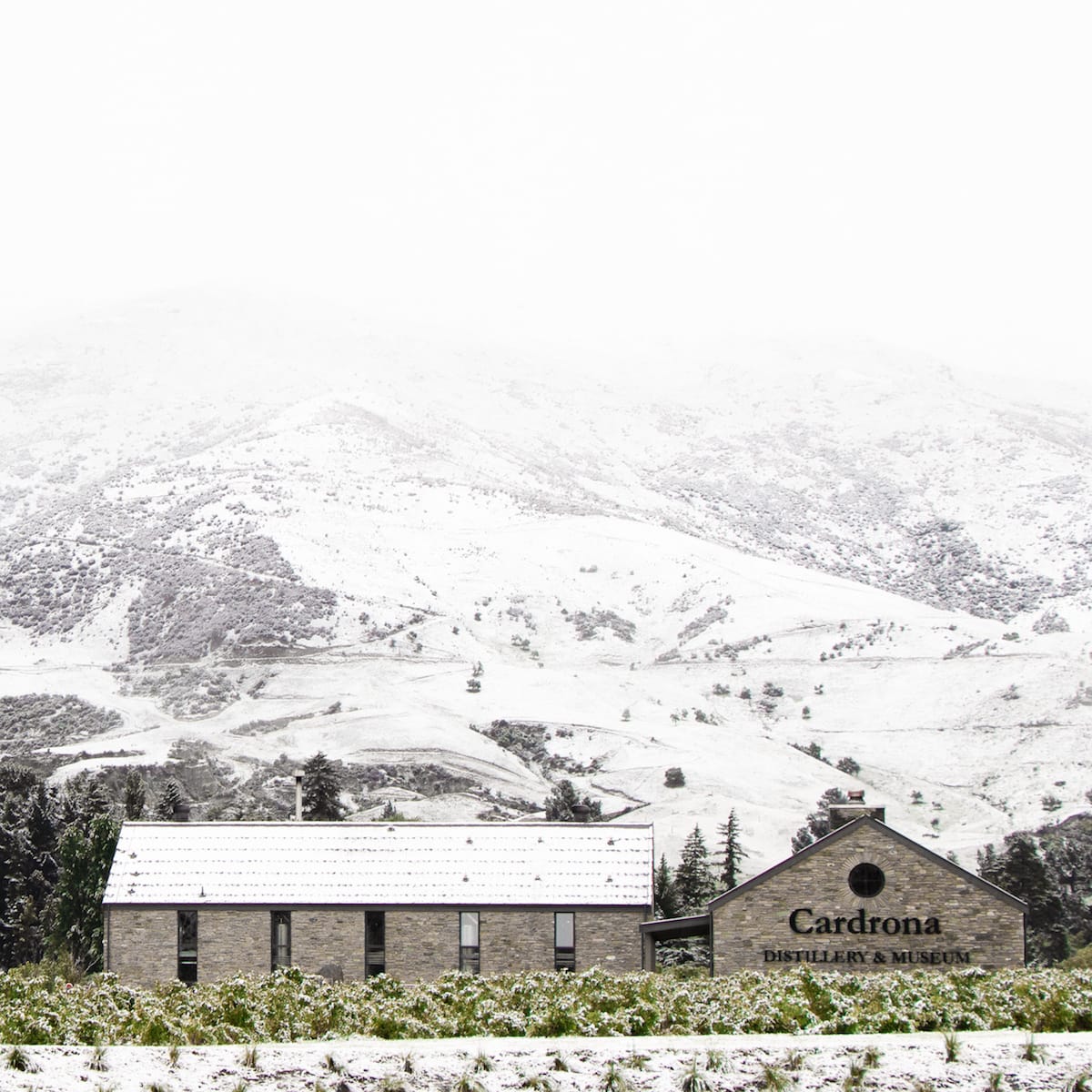
Looking after nature
Caring for New Zealand
Cardrona's draff (spent grain) is delivered to the deer of the valley's farms. This fibre-rich food is seasonally supplemented by pot ale from one of their stills, Roaring Meg. When not being fed to local livestock; pot ale can be spread like a fertiliser, providing nutrients to aid pasture growth.
Water used to cool the hot wort drawn from the mash tun picks up heat energy which is collected as the warm water exits a heat exchanger. It is directed back to the hot liquor tanks to become second and third waters, terms given to the successive washing of the malt with hot water to extract sugar.
Cardrona Distillery uses its own bore water supply to run the condensers. The many litres of water required to condense vapour to liquid distillate fluctuates with changing groundwater temperatures. On reaching a set temperature, the warmer water exiting shell and tube condensers is directed to an underfloor heating system. It is then sent down the hill to a cooling tank where it cools naturally before returning to the Cardrona River.
